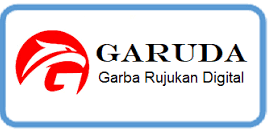Pengolahan Lahan Pertanian Menggunakan Internet of Things di Desa Wukirsari, Sleman
DOI:
https://doi.org/10.34151/dharma.v7i1.4653Keywords:
agricultural land, sensor, water pump, solar panel, internet of thingsAbstract
Tri Sedyo Manunggal Farmer Group in Wukirsari Village, Sleman Regency, Yogyakarta faces challenges in managing agricultural land. The irrigation system is still done manually, while the source of electricity to drive the water pump still depends on PLN electricity and fuel. As a solution, an internet of things is needed that can monitor soil pH, humidity, temperature, and leaf color and can be accessed remotely. The irrigation system is automatic, and the power source is obtained from solar panels to drive the water pump to lift water from the well to the output pipe. Four solar panels are used, each panel has a power of 230 watts peak, a solar charge controller with a capacity of 50 amperes, two soil pH sensors, two humidity sensors, two temperature sensors, and two color sensors. The battery used is a 12-volt Valve Regulated Lead Acid (VRLA) type with a capacity of 100 Ah. A water pump with a capacity of 300 watts with a water discharge of 47 liters per minute can meet the water needs of 1 ha of agricultural land in about 3-4 hours. The maximum electrical power generated by solar panels under maximum sunlight conditions is 920 watts peak, with a maximum current of 11.79 amperes and a maximum voltage (Vmp) of 19.5 volts. Then the solar panel will charge the battery in an empty condition for about 90 minutes in 80% sunlight efficiency conditions.








